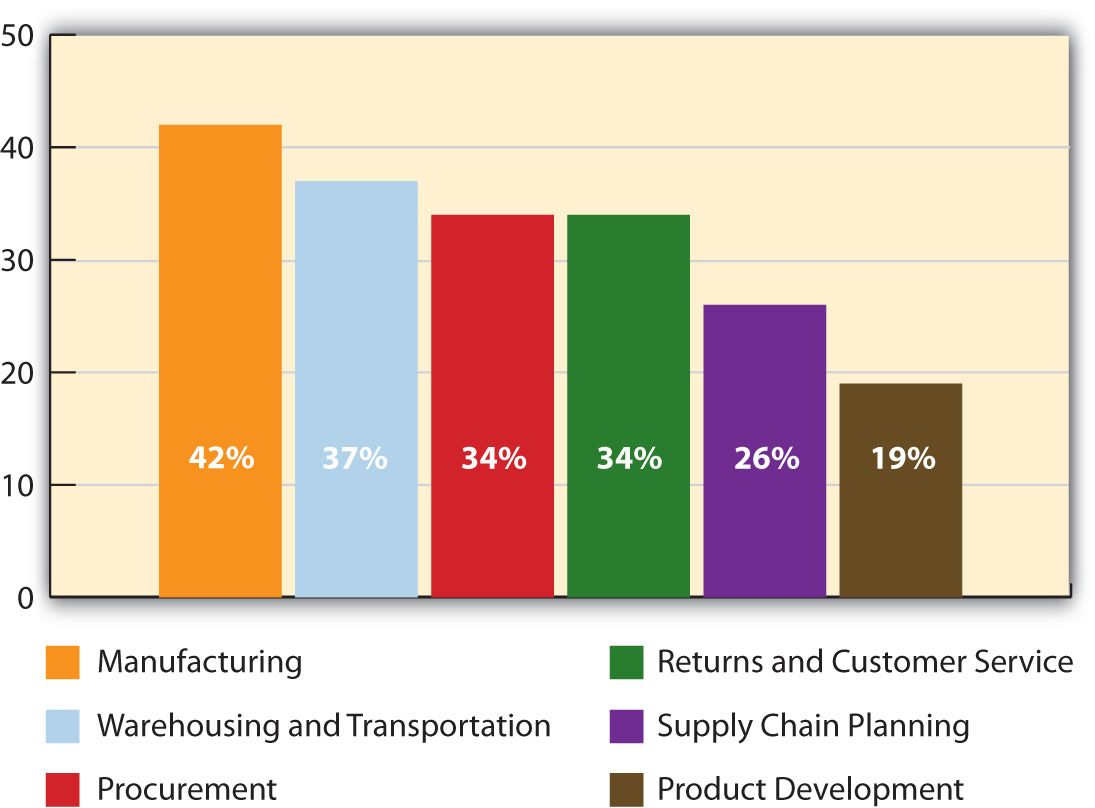When it comes to managing the supply chain, businesses often face the critical decision of whether to outsource or insource certain functions. Outsourcing refers to the process of hiring external vendors to handle specific aspects of the supply chain, while insourcing involves keeping all operations in-house, under the direct control of the company. Both approaches have their own set of advantages and disadvantages, and the choice between the two largely depends on the unique needs and goals of the organization.
Benefits of Outsourcing
Outsourcing certain supply chain functions can bring several benefits to businesses:
Cost Savings: One of the primary reasons companies opt for outsourcing is cost savings. By hiring external vendors, businesses can avoid investing in infrastructure, equipment, and additional staff. They can also benefit from economies of scale and specialized knowledge offered by the vendors.
Flexibility: Outsourcing provides flexibility in scaling operations up or down based on seasonal variations or market demand without worrying about the constraints of in-house resources.
Focus on Core Competencies: By outsourcing non-core activities, companies can redirect their resources and attention towards their core competencies without being distracted by peripheral tasks.
Access to Expertise: Partnering with specialized vendors who have extensive experience and expertise in specific supply chain functions can significantly improve the overall performance of the supply chain.
Drawbacks of Outsourcing
While outsourcing offers various benefits, it also comes with certain drawbacks:
Lack of Control: When companies outsource, they relinquish control over certain aspects of their supply chain, potentially leading to communication gaps, quality control issues, and dependency on external parties.
Security and Intellectual Property Concerns: Sharing sensitive information with external vendors may raise security concerns, particularly regarding intellectual property and confidential data.
Risk of Supplier Dependence: Overreliance on a few key suppliers can make companies vulnerable to disruptions caused by supplier failures, geopolitical instability, or unforeseen events.
Impact on Company Culture: Outsourcing may lead to job losses within the company and negatively impact the organizational culture, especially if it is perceived as a cost-cutting measure without appropriate communication and support.
Advantages of Insourcing
Insourcing can offer several advantages to businesses:
Enhanced Control: By keeping all supply chain functions in-house, companies have complete control over the entire process, enabling them to make quick decisions and respond to changes effectively.
Intellectual Property Protection: Insourcing minimizes the risk of sensitive information leakage and intellectual property theft, as all operations remain under the direct supervision of the company.
Quality Control: By directly managing all operations, companies can closely monitor and maintain quality standards throughout the supply chain, reducing the risk of defects or subpar products.
Greater Adaptability: Insourcing allows companies to adjust their supply chain strategies and processes more easily based on evolving market dynamics and customer demands.
Disadvantages of Insourcing
However, insourcing also has its drawbacks:
Higher Costs: Insourcing requires substantial investments in infrastructure, equipment, technology, and skilled workforce, which can significantly increase operating expenses.
Internal Complexity: Managing all aspects of the supply chain in-house can be overwhelming and time-consuming, diverting attention and resources from the core focus areas of the company.
Limits on Expertise: Companies may lack the specialized knowledge and expertise that external vendors offer, potentially leading to inefficiencies and suboptimal performance in certain supply chain functions.
Reduced Flexibility: Unlike outsourcing, where resources can be scaled up or down seamlessly, insourcing may pose challenges during periods of fluctuating demand or capacity requirements.
Making the Right choice
Ultimately, the decision to outsource or insource in the supply chain depends on various factors, including the company’s size, industry, competitive landscape, and strategic goals. A comprehensive evaluation of costs, benefits, risks, and internal capabilities is crucial in making an informed choice. In some cases, a hybrid approach that combines both outsourcing and insourcing can be the most effective solution, enabling companies to leverage external expertise while maintaining control over critical aspects of the supply chain.
In conclusion, outsourcing and insourcing present different opportunities and challenges in managing the supply chain. Businesses need to conduct a thoughtful analysis of their specific circumstances to strike the right balance between cost optimization, control, and operational efficiency.
